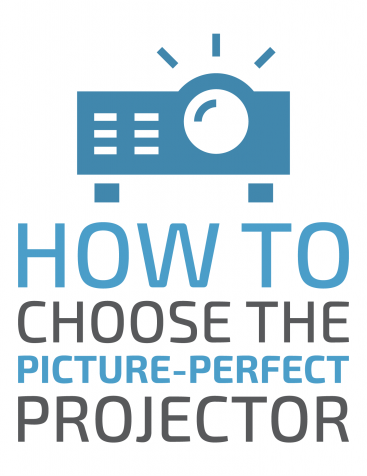How to Choose the Picture-Perfect Projector

It makes sense to get the most out having the captive attention of an audience when doing your presentation. If the projector doesn’t render the picture clearly, you risk losing your opportunity to educate and inform the group. That’s why it’s essential to choose the right device.
This technology has exploded in recent years, which can make the task of picking the best projector more difficult. Certain projectors work better in some circumstances or venues than others when it comes to delivering the best picture. You need to know the differences to make an informed decision.
That’s why it is essential to go beyond the basics of maintenance and lifespan to the more technical aspects of image quality and operation. Here at Eiki International, Inc., we focus on quality. Our innovative products deliver picture-perfect imaging to help you get the finest in state-of-the-art projection technology.
Let’s look at some of the projector technologies available today, their advantages and disadvantages and how they affect which projector is best for your situation.
| Laser Phosphor | DLP (Digital Light Processing) | LCD (Liquid Crystal Display) |
| HOW DOES IT WORK? Laser phosphor uses blue laser diodes as the primary light source. Red and green are produced by passing the light through a phosphor wheel. LIFESPAN MAINTENANCE IMAGE QUALITY ADVANTAGES DISADVANTAGES |
HOW DOES IT WORK? Small mirrors reflect light toward the screen through a spinning color wheel creating sequential color. WHERE IT IS USED? ADVANTAGES DISADVANTAGES |
HOW DOES IT WORK? White light is split into red, green and blue hues by being passed through 3 LCD panels before being recombined in a prism to generate crisp, colorful images. WHERE IT IS USED? ADVANTAGES DISADVANTAGES |
